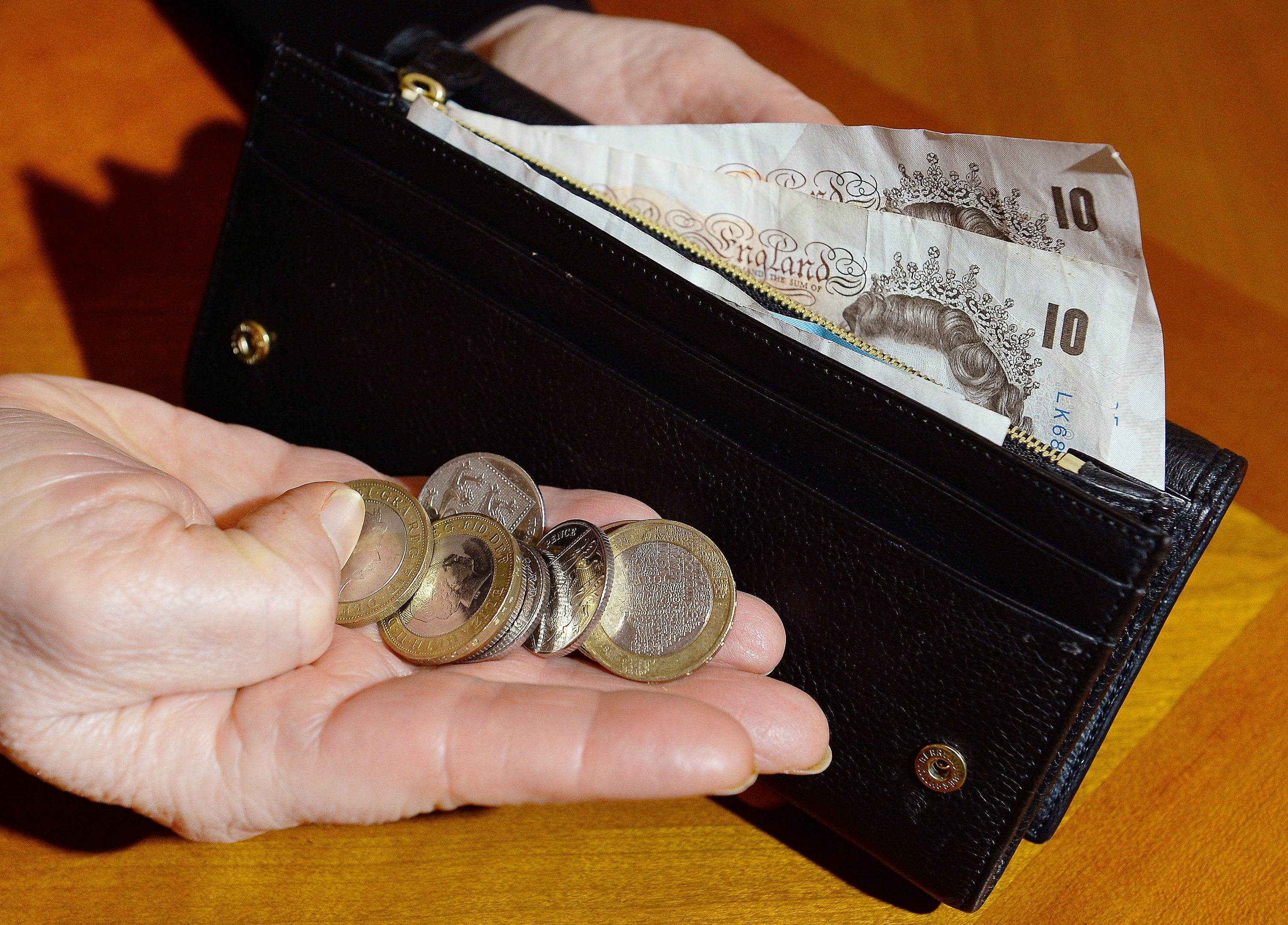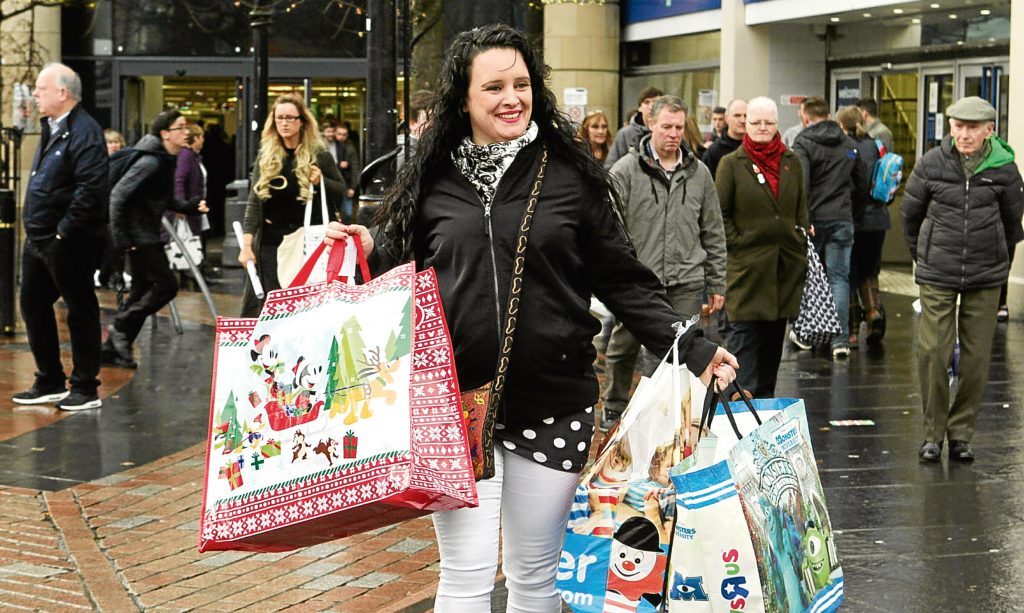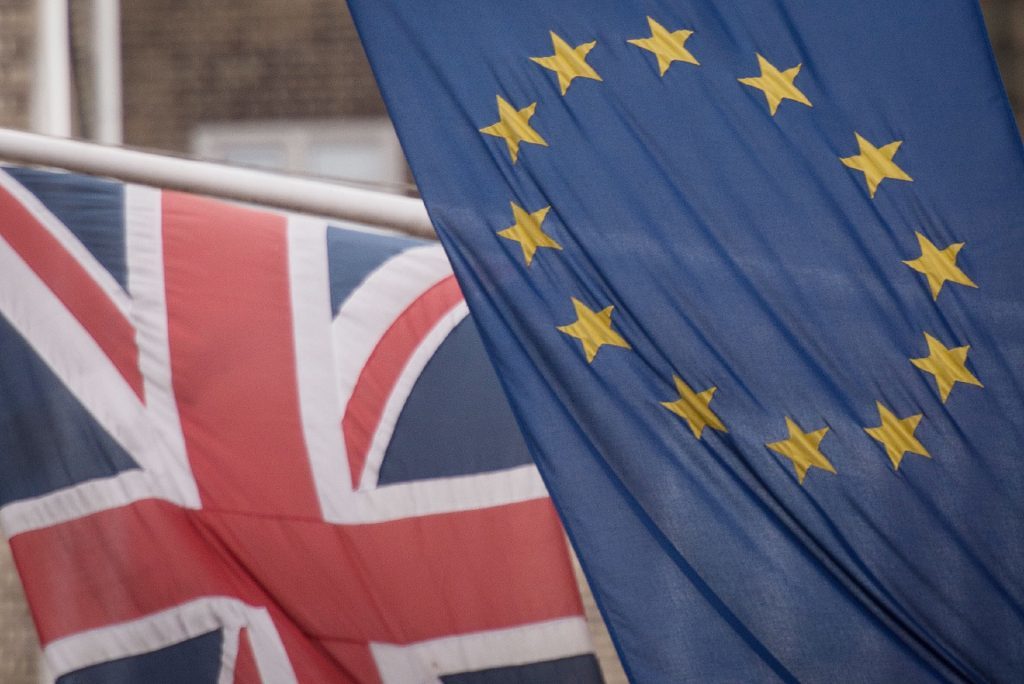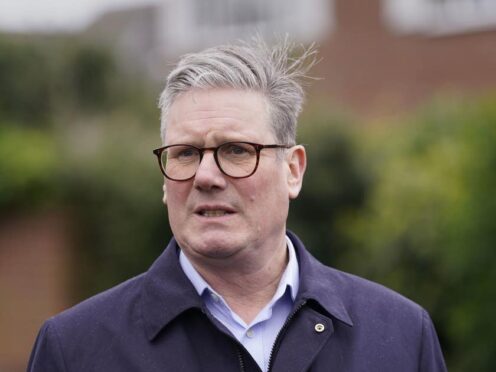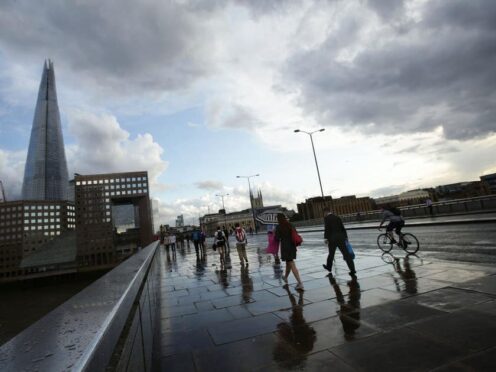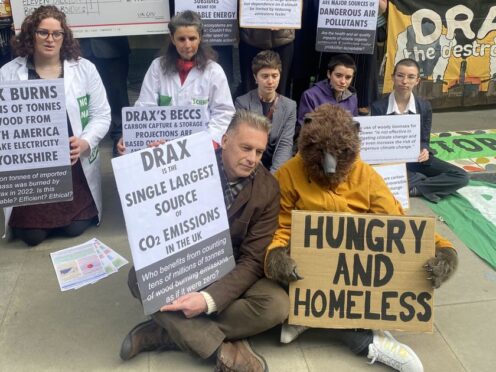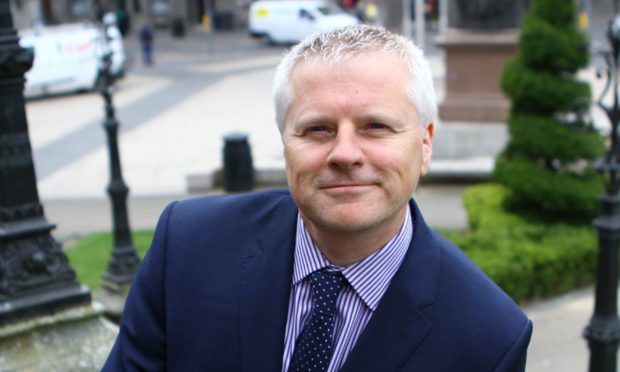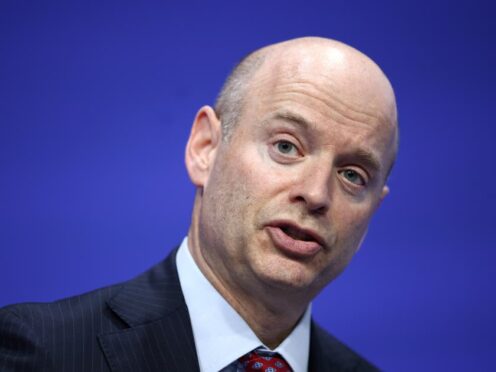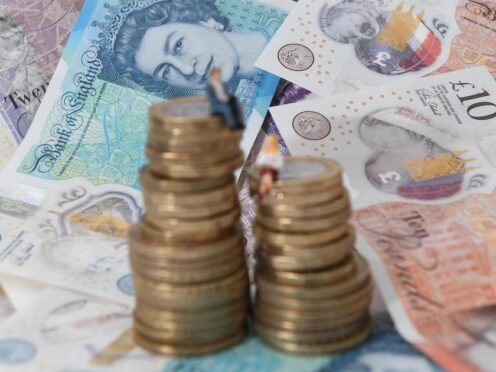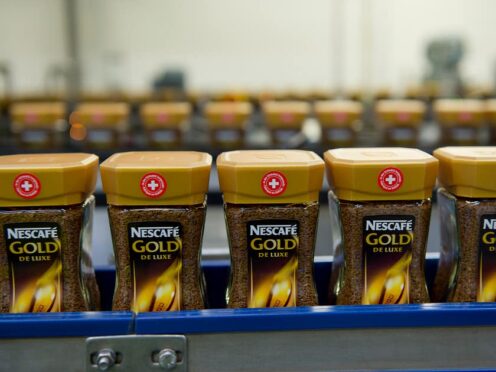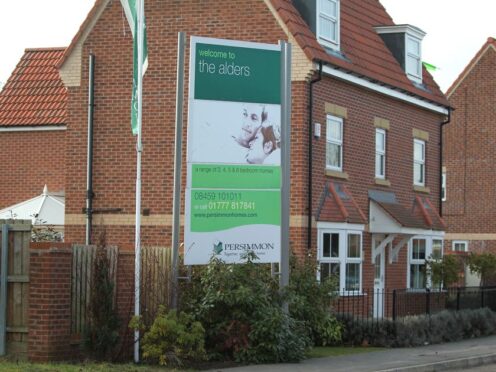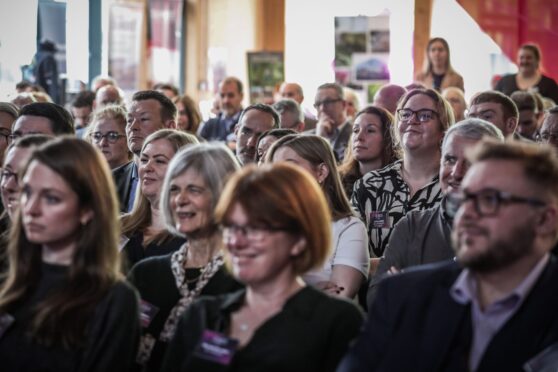The UK economy will slow in the coming years as Brexit uncertainty hampers growth and consumers endure a spending squeeze caused by higher prices and lower wages, according to the Organisation for Economic Co-operation and Development (OECD).
The OECD stood by its economic forecasts for UK gross domestic product (GDP), predicting it to slow from 1.8% to 1.6% for 2017, before dropping to 1% in 2018.
It also warned that weaker growth could drive the unemployment rate above 5%.
But while it expects household consumption to ease, it said consumers would also use money normally earmarked for savings to keep spending in the face of higher inflation.
In its economic outlook, the OECD said: “Private consumption growth is projected to slow, as higher inflation holds back real earnings, but a weaker growth outlook should mitigate the extent of price pressures in the economy.
“Also, households are expected to continue to support their consumption by further reducing their saving rate. Business investment is projected to contract amid the large uncertainty and because of lower corporate margins.
“Weaker growth could push the unemployment rate above 5%.”
Focussing on global growth, the OECD said the world economy was on course for a “modest pick up”, with global GDP expected to reach 3.5% for this year and 3.6% in 2018.
It said Britain’s exit from the European Union remained the “major risk” for the UK economy, with the impact of the divorce hinging on whether the UK manages to keep its strong trade links with the EU.
However, it added that the Brexit-hit pound was helping the nation’s overseas trade and backed exports to boost growth thanks to “improved competitiveness”.
Official figures last month showed the UK economy suffered an even deeper slowdown at the start of the year, as the services sector came under pressure and inflation dealt a blow to household spending.
The Office for National Statistics (ONS) said GDP grew by 0.2% in the first quarter of 2017, revising down the figure from its initial estimate of 0.3%.
Sterling’s slump since the Brexit vote has bumped up the cost of living as manufacturers and retailers pass down rising import prices to consumers.
Inflation hit its highest level in nearly four years in April at 2.7%, as the Brexit-hit pound, electricity price hikes and rising air fares tightened the squeeze on household spending.
The Bank of England said last month that it expects the cost of living to peak at 3% later this year.
The UK jobless total fell by 53,000 to 1.54 million in the quarter to March, a rate of 4.6%, the lowest since summer 1975, according to ONS figures published last month.
